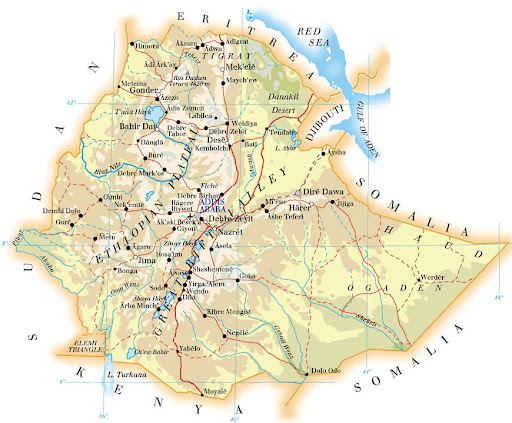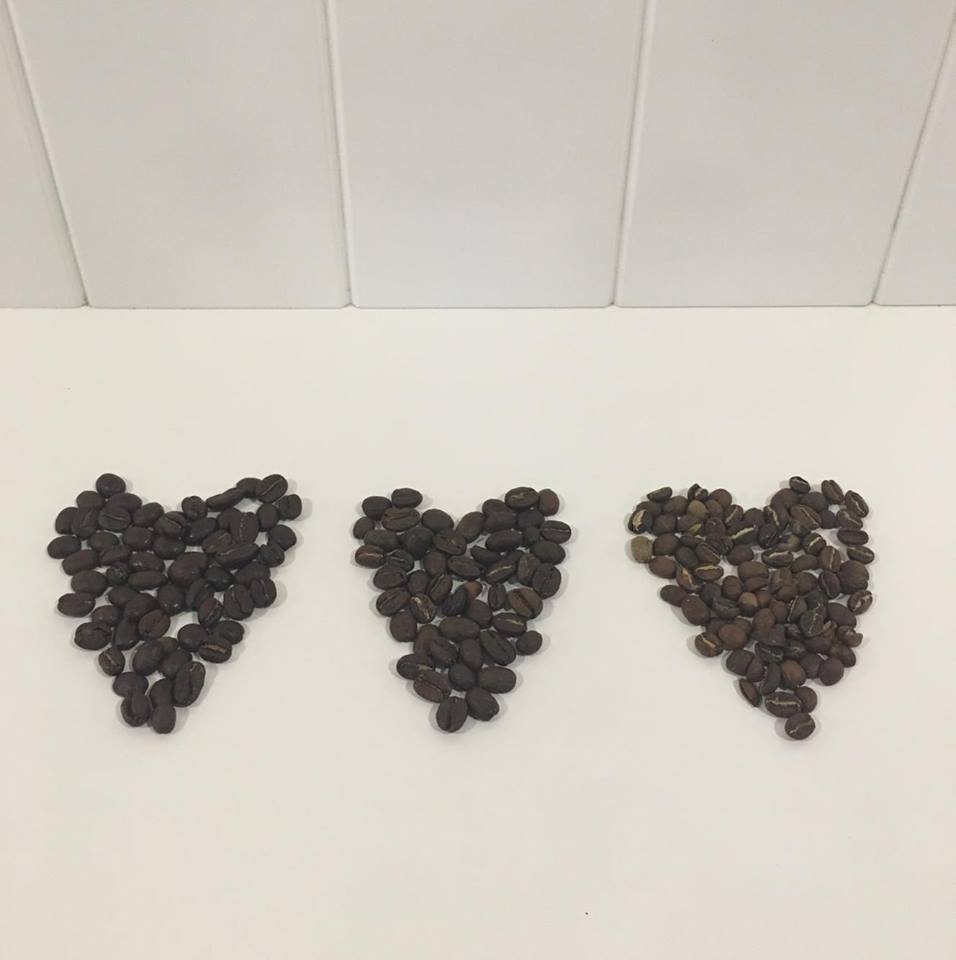When we first asked our friends on Facebook what topics they would like to see us write about, one topic that stood out was why coffees vary in taste. This is a great question, and to be honest, one that I am still learning about. I find it very fascinating and worth giving attention to, so this will be the first blog post in a series on this topic. For today, I will share the main variables and touch on some examples of each.
Variety. Not surprising, the variety of coffee plays a large factor in the taste of coffee. There are 2 main species of coffee, Robusta and Arabica. Within these 2 species lie many different varieties and cultivars such as Typica, Caturra and Bourbon. More on that later.
Region. Much like wine, the region in which coffee is grown plays into the flavor profiles. Elevation, soil and climate all have an effect on taste as well as in quality.

Process. There are 3 main processes in which coffee undergoes. Washed, natural and honey. This is the way the fruit is removed from the bean.
Roast Level. You’ll often hear the terms light, medium or dark roast. This refers to the length of time the beans are roasted and has a very noticeable difference in taste. Light roasts leave more of the natural flavor of the bean, whereas darker roasts tends to take on more chocolate/nutty flavors due to the Maillard reaction.

Method of Brewing. Finally, the way in which the coffee is brewed also plays into the taste. Factors like grind size, thickness of filter used, water minerality, water temperature, ratio of coffee to water and flow rate all have a direct effect on the final taste.
From this brief overview you can see coffee is quite an interesting and complex beverage. I hope this has given a further appreciation for coffee. The skill and intention from each farmer, roaster and barista (or home brewer) is what sets the specialty coffee industry apart. Moving forward, I will devote a post to each of the above mentioned, so stay tuned to journey towards better understanding this tasty beverage.

